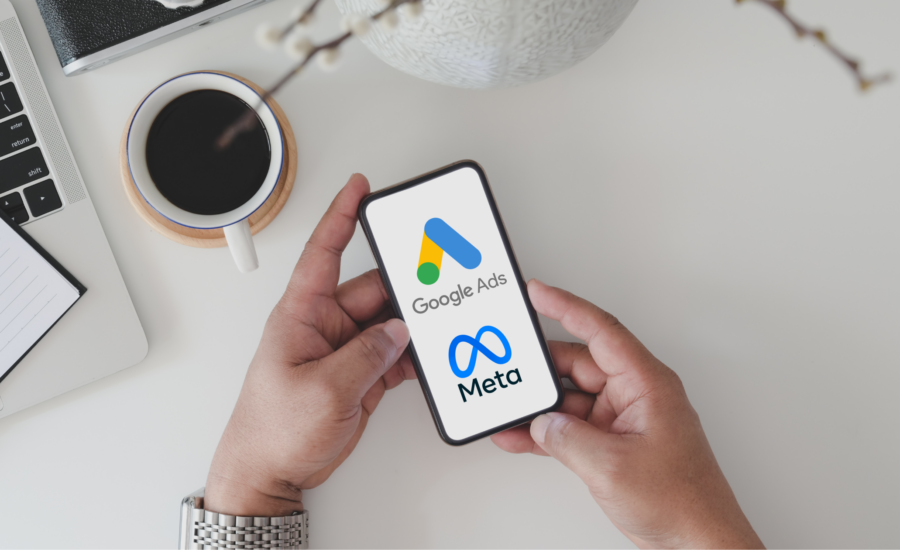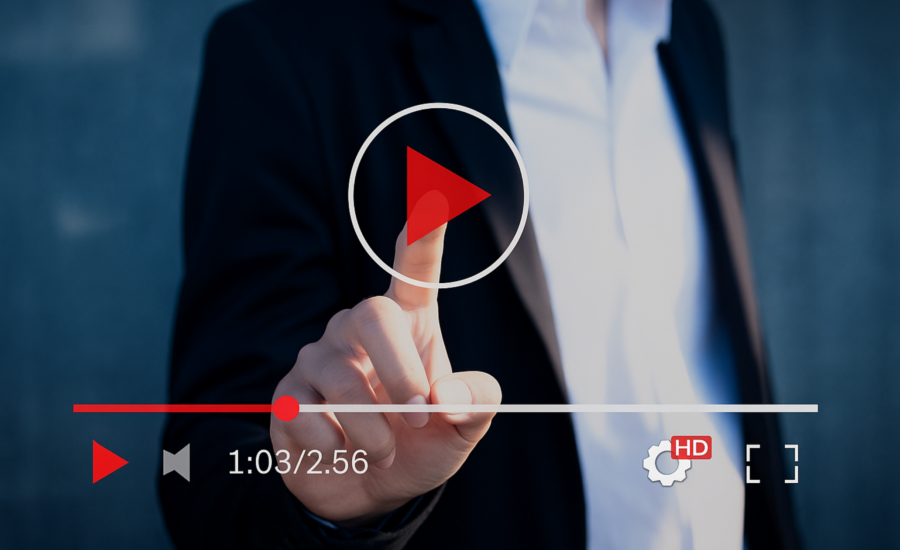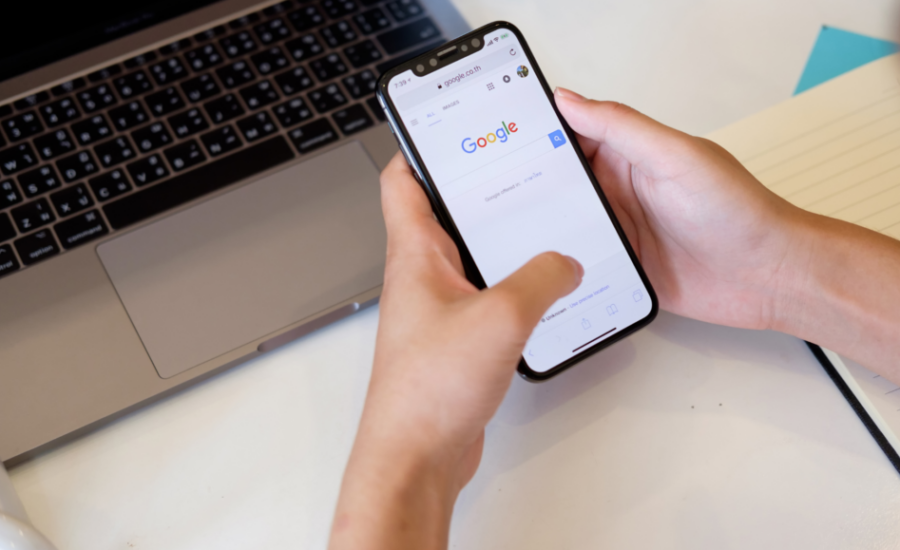If your paid ads are underperforming, the issue might not be your messaging. It might be the platform you are using. At Onimod Global, we have audited countless ad accounts and discovered a consistent mistake: choosing the
Google Archives - Onimod Global
- Home
Google Marketing Live 2025 unveiled some of the most transformative updates yet—highlighting AI-powered innovation across Search, Shopping, Video, and Performance Max. As a Google Partner, Onimod Global is here to break down the key takeaways and what
As Google measures the impact of its AI-driven features on website performance, the Google Partners at Onimod Global are meticulously analyzing how these innovations transform your digital marketing outcomes—driving efficiency, engagement, and ROI. Artificial intelligence is reshaping
As your trusted certified Google Partner for nearly two decades, Onimod Global understands Google Ads remains one of the most powerful tools for businesses to reach their ideal audience. Nearly half (46%) of all Google searches are
Creating impactful blogs that truly resonate with your audience requires more than creativity—it demands strategy. That’s where data-driven tools like Google Trends come in. By analyzing search patterns, Google Trends uncovers trending topics and provides valuable insights,
Have you ever considered how Google ranks and displays websites? One key factor is the E-E-A-T principle. This acronym holds significant power over the future of websites, determining their visibility in the vast online landscape. But what
Google Marketing Live (GML23) is an annual event where Google unveils its latest innovations in marketing technology. It's an essential platform for digital marketers who strive to stay ahead in the fast-paced, constantly changing landscape of digital
Search engine optimization (SEO) can seem like a daunting task. It’s easy to feel overwhelmed by the sheer number of different factors that go into your strategy. This is one of the reasons why most businesses turn
It's hard to know which Google ranking factors really matter and which ones are just fluff. Especially since there are over 200 of them. Here's how to clear that up. Understanding the most important factors will help















